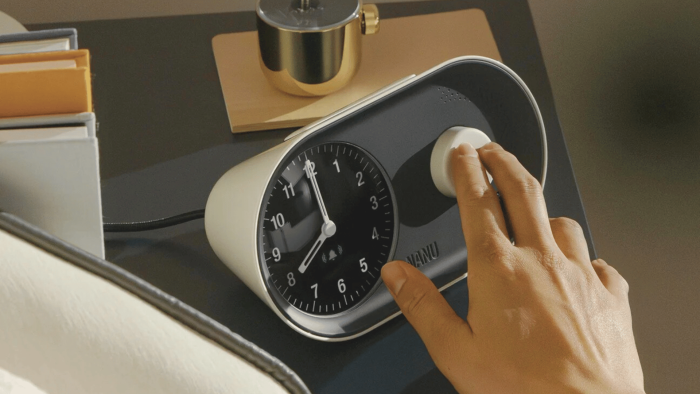
As touchscreens and keyboards make writing instruments less and less necessary, we, along with many others, still appreciate jotting things down the old fashioned way. We consider our pens the tools for documenting our lives. Whether you use a Mont Blanc or a Bic disposable, if you’re like us, it’s your daily sidekick. Here’s a brief look back at how the mighty pen evolved into what it is today.
4th Century BC
Ancient Egyptians used reed pens made from sea rush to write on papyrus. Each was cut to about 10” and given a slanted tip which was crushed into a sort of brush to spread the ink. (img)
500 BCE
The reed pen was extremely fragile and obtaining reed was not easy for people in every area, around this time the quill pen began to replace it in certains places. By using a large wing or tail feather from a goose, swan or other large bird, the skilled writer could produce finer lines. (img)
1636
The German inventor Daniel Schwenter wrote about a pen that required two quills. One of the quills would go inside the other and hold the ink. Cork would keep the ink from leaking out while a small hole allowed it to flow to the nib. This basic idea would be the precursor to pen designs in the future. (img)
1803
The steel pen was patented by Bryan Donkin, and by the mid-1800s, metal nibbed pens had become the standard. (img)



